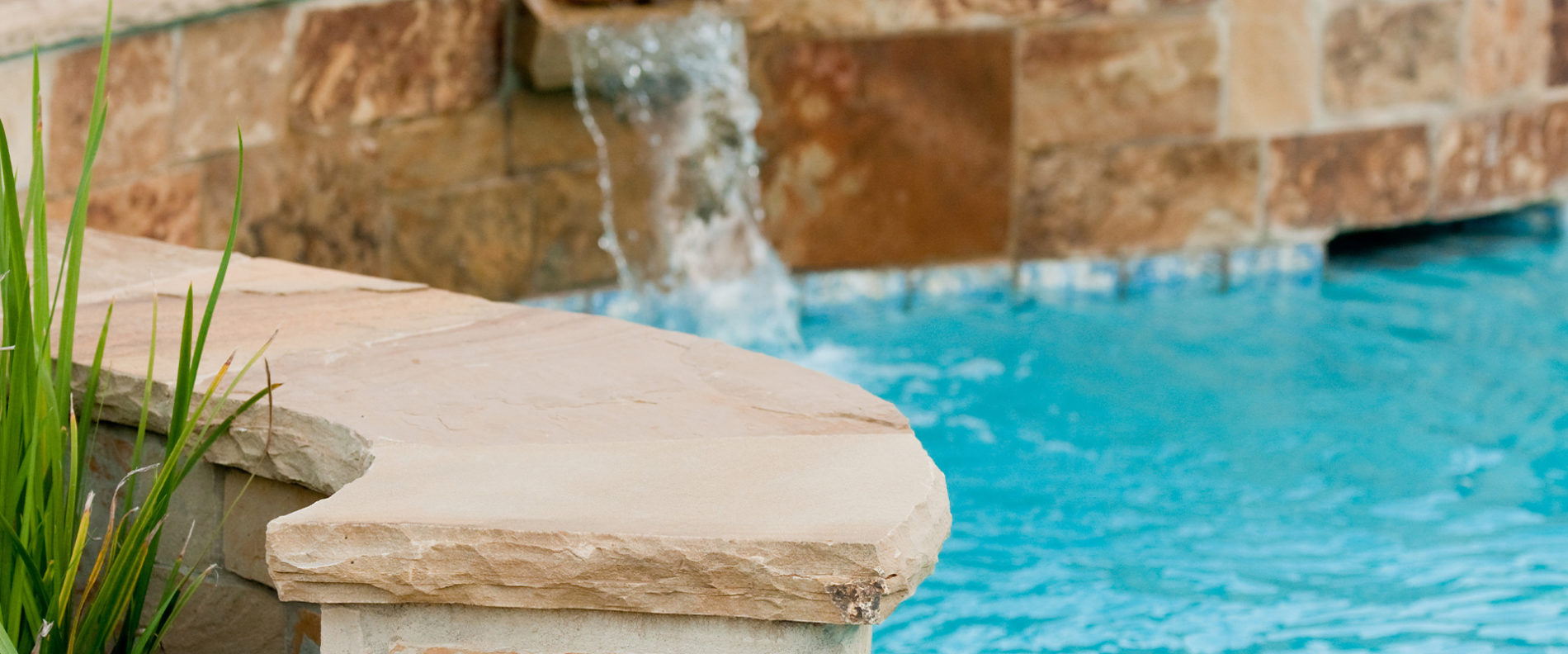Can a cracked tile on the pool border be repaired?
Cracks on the border of your swimming pool are one of the most common types of pool damage. They usually occur due to various factors, including poor construction, uneven water pressure distribution, earth movement, etc. If left unrepaired, these minor cracks can become extensive and much harder to fix.
It is always best for a Dallas pool owner to make sure that their cracks get repaired as soon as you notice them. If your pool has cracks, the first question that pops into your mind would be: how to repair your cracked swimming pool tiles without spending too much on repairs.

Don’t worry; our professionals from Quality Pool Service Inc are here to help. But before we get into the repairing process, there are some things that you should know, which includes the various types of pool cracks, its causes, and how to carry out a repair that isn’t too hard on the pocket.
Types of border cracks
1. Minor Surface Cracks
Not all swimming pool cracks result in a leak. Some types of cracks are too shallow to lead or allow any extensive damage to your pool. These types of border cracks are referred to as minor surface cracks. They often occur as a result of any shrinkage during your pool’s curing process.
If your pool tiles are cracked in such a case, all you require to get it fixed is an adhesive and a brand-new tile. Usually, such surface cracks don’t necessarily need you to call an expert for a professional repair, but if the damage looks extensive, you may want to consider getting an expert.
2. Structural cracks
If your swimming pool shows signs of any structural damage, then you, as an owner, have all the right to be worried. This is because structural cracks can only mean two things: either your pool is leaking, or it is going to start leaking soon.
This is why it’s better for you to get any structural damage fixed as soon as you identify them. These cracks and damages often occur in various parts of the swimming pool. Their main characteristic is that they often run through the concrete and are visible on the tile area or the plaster coating around the crack.
What causes cracks in a swimming pool?
1. Weather and earth movements
New swimming pools need to be moist during the curing process of the concrete. During the dry season, the extreme loss of water leads to cracking on your surface. Luckily, these usually are minor cracks that are easy to repair.
Due to poor soil structure or earth movements, the possibility of such structural damages increases. When the earth around the shell of your swimming pool moves, it weakens your pool’s support and sometimes leads to tilting. While cracks may now necessarily show on the first day, if your pool’s support system is not restored in time, structural damages will eventually form.
2. Poor construction
This is one of the major causes of swimming pool cracking. Unprofessional construction, short-cut methods, or imperfect construction plans while building a swimming pool can play a major role in the formation of cracks.
If you choose to go with a cheaper or unprofessional builder, your swimming pool’s lifespan can fall drastically depending on the level of their incompetence.
How to repair cracks in your swimming pool
Depending on the extent of the damage, repairs can be made either via a Do-it-yourself route or by hiring a professional swimming pool service provider like Quality Pool Service Inc.
Given below are a few simple ways to fix your swimming pool cracks.
Screwdriver and putty (for minor surface cracks)
Just like we said earlier, these types of cracks are elementary to fix.
- Using a Flathead screwdriver and a mask, you need to scrape the full length off your crack to remove any derbies and widen your gap a little bit.
- Carefully squeeze the putty (made for swimming pools) into the cracks. Make sure to cover every part of it.
- Lastly, smooth the putty to blend it into the swimming pool’s surface seamlessly.
Grinder and pool plaster (for minor structural cracks or major surface cracks)
- Drain the swimming pool altogether and remove a minimum of two hydrostatic relief plugs on the pool floor.
- Widen your crack using a grinder to make the crack a dovetail or a reverse ‘v’ shape.
- Dampen it and apply some bonding additive while making sure that the crack remains moist.
- Prepare your swimming pool plaster on a clean surface. If the crack is more than an inch deep, you need to use hydraulic cement to fill out most of your damage and later apply swimming pool plaster for finishing.
Using staples
If your swimming pools crack extensive, it’s best if you seek professional help. This method requires you to wear protective gear, so we recommend that you not do this by yourself.
- The entire process is much similar to using a grinder and pool plaster. The only difference is that you will have to make a horizontal cut through your crack.
- Drill a hole on each end of your cut.
- Install a carbon fiber or steel staple to bond both sides of the crack.
If you feel like you are not up for the task for whatever reason, our professionals from Quality Pool Service Inc can help.
Quality Pool Service Inc.
Our company has been in business since 1974 and takes care of all your swimming pool needs in the Dallas-Fort Worth area. Be it your pool cleaning, repairing equipment, or renovating your existing swimming pool, Quality Pool Service, Inc. is here to help.
Call us today at 214-428-6221, and we will be happy to assist.
Spend Less Time Taking Care of Your Pool
And Spend More Time Enjoying It!
Call Quality Pool Service, Inc. in Dallas, TX For a Free Quote Today
Spend Less Time Taking Care of Your Pool
And Spend More Time Enjoying It!
Call Quality Pool Service, Inc. in Dallas, TX For a Free Quote Today


10610 Metric Dr #155
Dallas, Texas 75243
214-428-6221
Email Us
Monday-Friday 7am to 4pm
Regulated by The Texas Department of Licensing and Regulation
P.O. Box 12157
Austin, Texas 78711
1-800-803-9202, 512-463-6599
Website: www.tdlr.texas.gov/complaints
